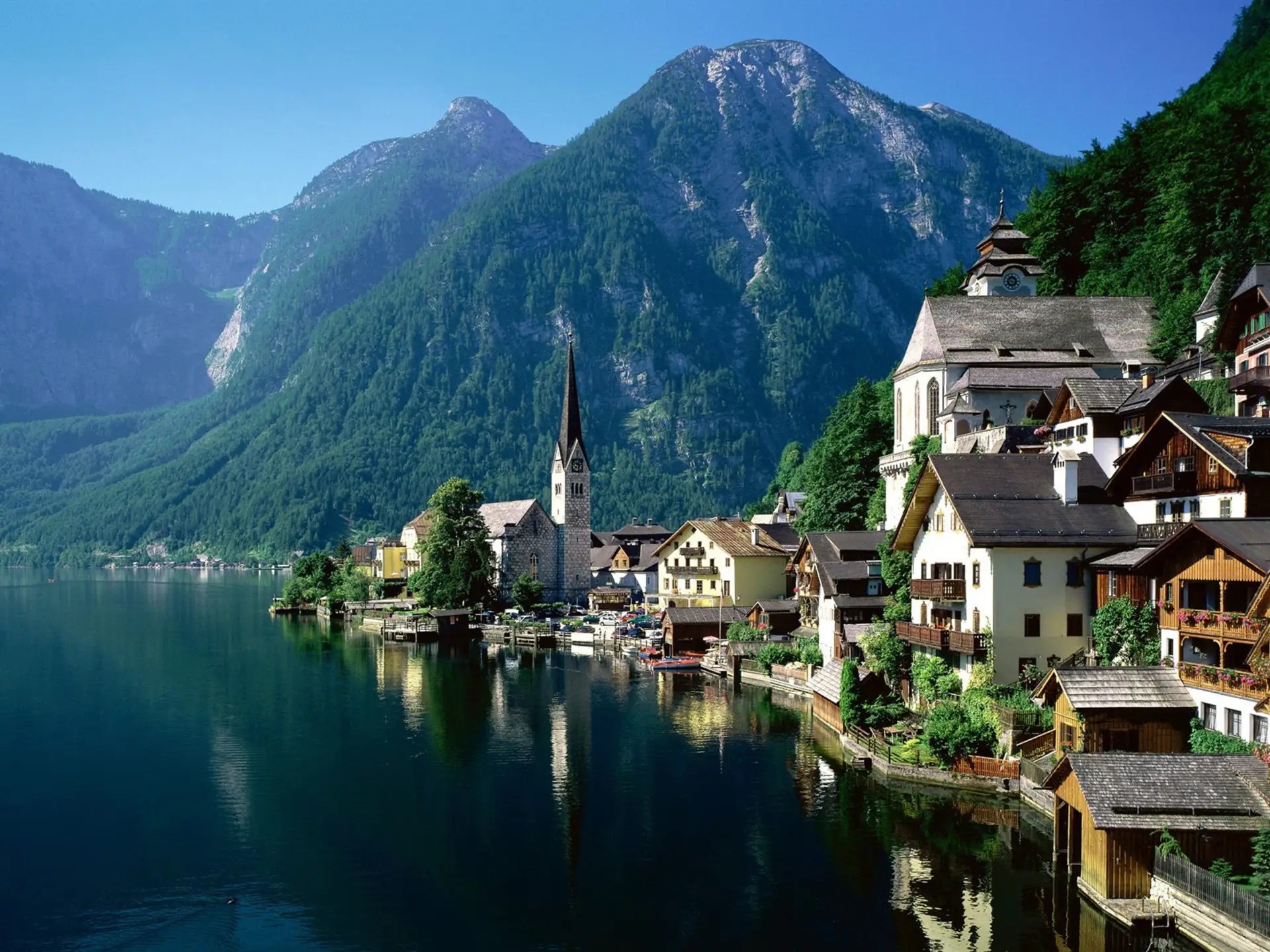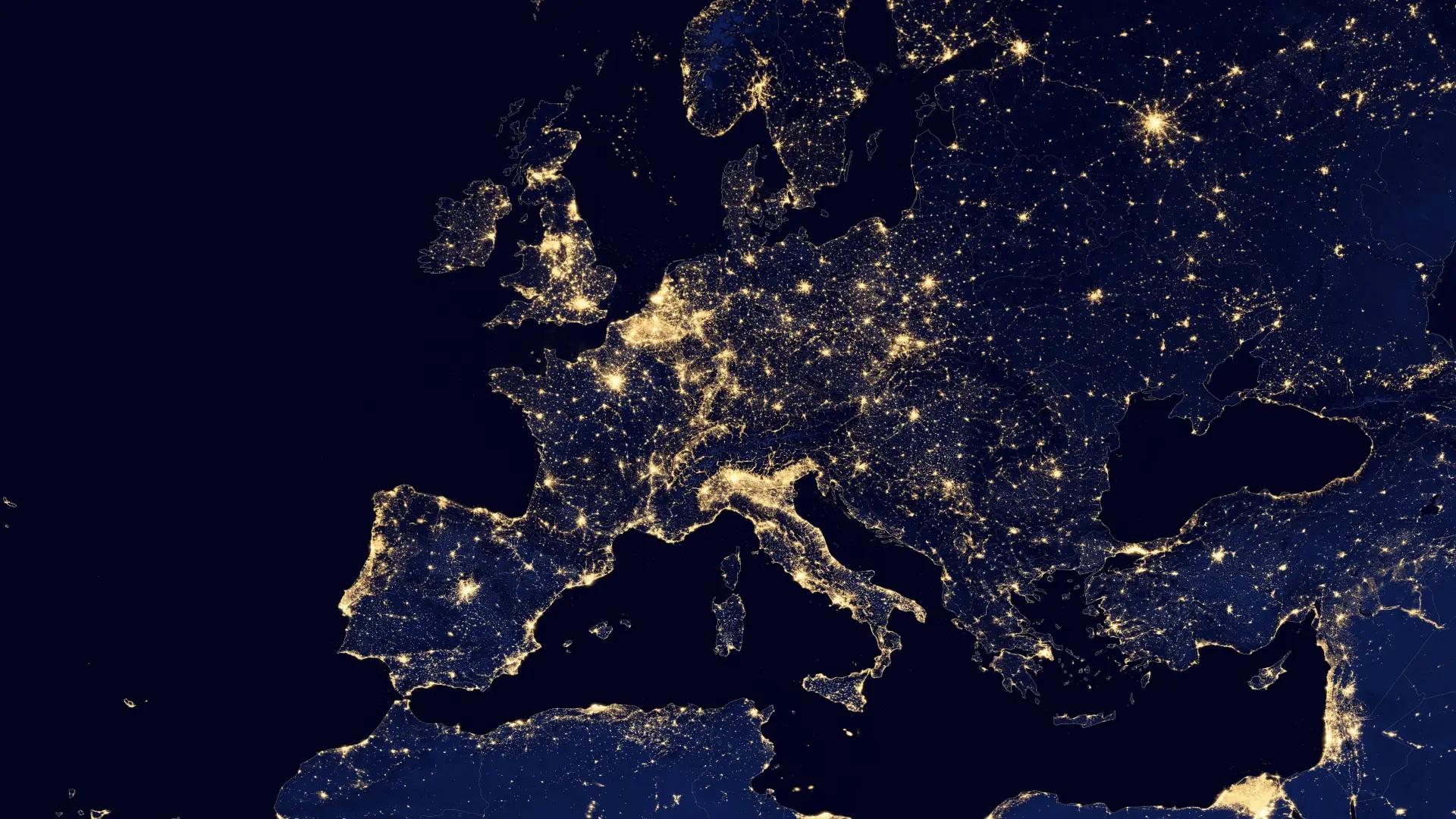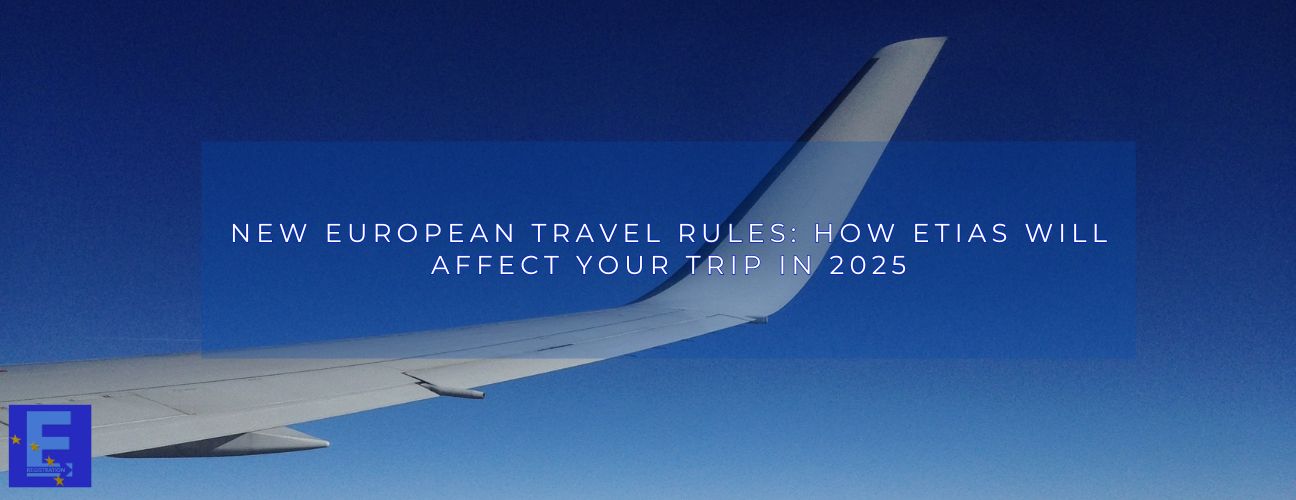EU Reports Sharp Decline in Irregular Border Crossings for 2024
Irregular migration into the European Union (EU) saw a significant decline in 2024, reaching its lowest levels in three years.
According to data from Frontex, the EU’s border agency, detections of unauthorized crossings fell by 35%, amounting to around 245,000 cases. Authorities attribute this drop to improved cooperation between EU nations and neighboring countries, as well as intensified efforts to dismantle smuggling networks.
Decline in Key Migration Routes
The Western Balkan route recorded the most substantial decrease, with detections dropping by 76% from the previous year. Officials credit this reduction to stricter border measures and collaborative actions aimed at disrupting human trafficking operations.
Hans Leijtens, Frontex’s Executive Director, noted, “The close coordination between EU member states and Western Balkan countries has been crucial in reducing crossings.”
Similarly, the Central Mediterranean route experienced a 58% decline, largely due to strengthened border enforcement and agreements with authorities in Libya and Tunisia. Despite this reduction, the route remained one of the primary entry points, accounting for approximately 65,000 arrivals.
Rise in Eastern Mediterranean and Canary Islands Crossings
While overall migration numbers fell, some routes saw increased activity. The Eastern Mediterranean passage reported a 12% rise, reaching 72,000 crossings. Many of these migrants traveled through eastern Libya, with the majority originating from Syria, Afghanistan, and Egypt.
The Western African route to Spain’s Canary Islands also saw a 20% increase, bringing arrivals to 50,000—its highest level since Frontex began monitoring this route in 2009. Departures from Mauritania and Senegal were the main contributors to this surge.
Meanwhile, irregular entries at the EU’s eastern borders, particularly from Belarus and Russia, surged by 180%, reflecting geopolitical tensions in the region. In response, countries like Poland and Lithuania have reinforced their border security measures.
Shifts in Migrant Demographics Raise Concerns
Frontex reports indicate that women comprised around 11% of those detected in 2024, while minors made up 17%, an increase from 14% in 2023. The growing number of unaccompanied minors has raised alarms among humanitarian groups, as traffickers continue to exploit vulnerable migrants.
Political Ramifications and Border Policy Adjustments
As migration remains a contentious political issue, the sharp drop in crossings has influenced ongoing debates in Europe. With elections approaching in several EU nations, stricter migration policies are becoming a focal point in political campaigns, particularly among right-wing parties.
The reduced migration figures are expected to bolster arguments for continued investments in border security, surveillance, and external agreements to curb migration flows.
Migration Risks Persist Despite Decline
Despite fewer crossings, migration remains hazardous, particularly for those traveling by sea. The International Organization for Migration (IOM) recorded 2,500 fatalities in the Mediterranean in 2024, highlighting the persistent dangers of irregular migration.
Frontex cautioned that while progress has been made, smuggling networks continue to evolve, requiring sustained vigilance and cooperation.
“While we see improvements, challenges persist,” said Leijtens, emphasizing the need for ongoing border management strategies and international collaboration.
Stricter Travel Regulations on the Horizon
As part of broader efforts to manage border security, the EU is set to introduce the European Travel Information and Authorization System (ETIAS) in 2025. This new system will pre-screen travelers from visa-exempt countries, streamlining entry procedures while enhancing security.
For migrants, the decline in irregular routes may prompt more individuals to seek legal migration pathways, such as Schengen visa applications and asylum processes. However, tougher entry requirements could pose additional challenges for those fleeing instability.
Future Outlook
The sharp decrease in irregular border crossings highlights the impact of enhanced border management strategies, but shifting migration trends suggest that challenges remain. As the EU continues refining its policies, balancing security concerns with humanitarian responsibilities will be a critical issue for policymakers.
With migration patterns constantly evolving, the focus will likely remain on adapting enforcement measures while addressing the root causes that drive migration to Europe.
January 25, 2025







